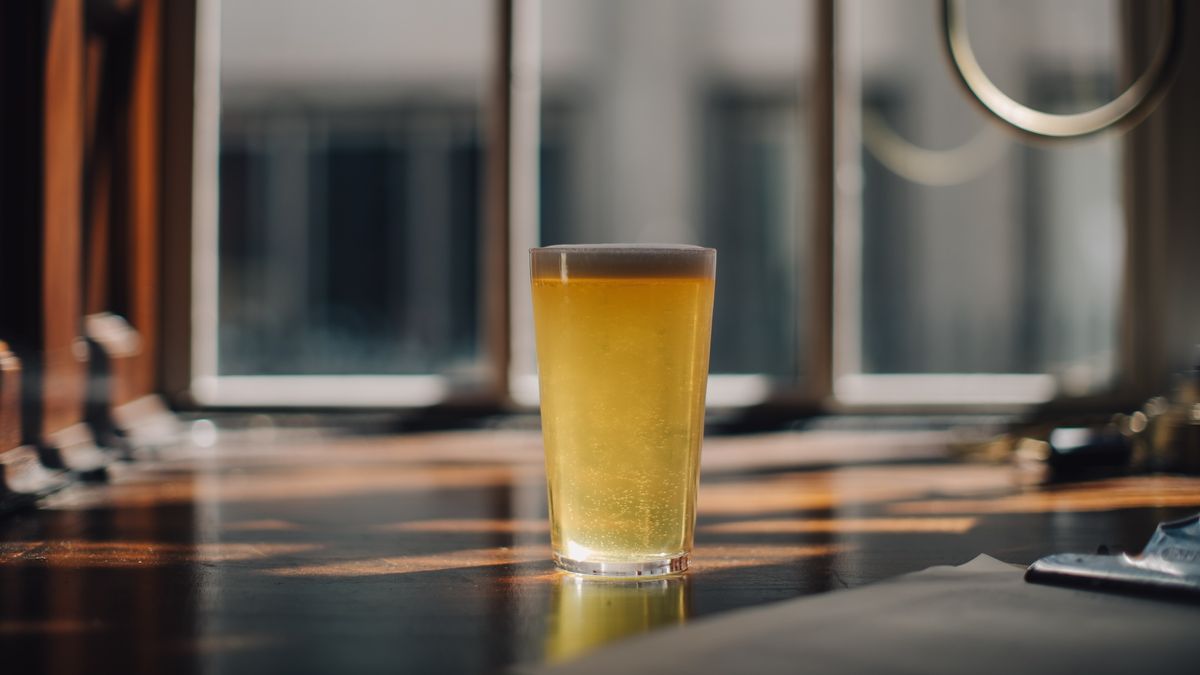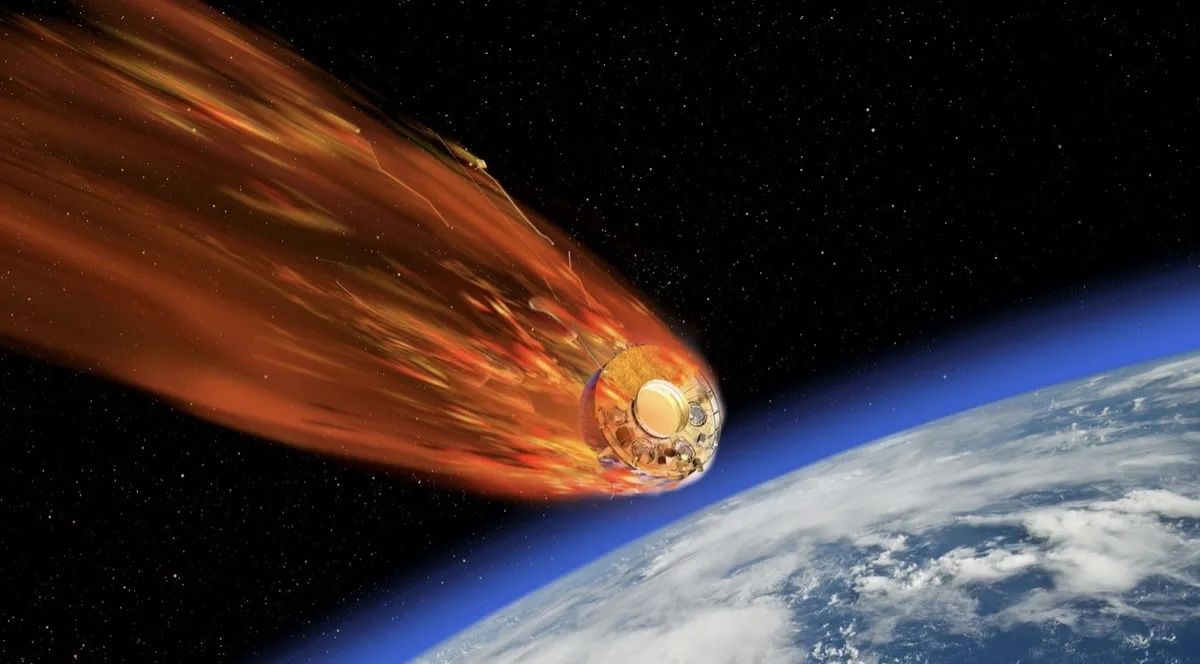Now Reading: Tracing the Origins of Beer: When Was It First Brewed?
-
01
Tracing the Origins of Beer: When Was It First Brewed?
Tracing the Origins of Beer: When Was It First Brewed?

Quick Summary
- Beer is one of the world’s most popular beverages, wiht different countries having their own varieties.
- The U.S. beer market in 2023 was valued at $116.9 billion,shipping 192 million barrels.
- The exact origins of beer are unclear due to limited evidence available from ancient times.
- Archaeological techniques such as organic-residue analysis have identified evidence of beer brewing in the Neolithic period (10,000-4,000 years ago), linked to early agricultural practices globally.
- Considerable evidence suggests beer-like beverages were brewed about 9,000 years ago at sites like Qiaotou and Jiahu in China using rice and other components.
- Göbekli Tepe in turkey (11,000 years old) shows possible signs of fermentation using grain but lacks definitive proof it was used for beer brewing specifically.
- Potential earlier indications exist from a cave near Haifa (13,000 years old), but evidence is inconclusive whether it involved food or drink fermentation processes.
- Ancient beers were sour-flavored due to yeast and bacteria fermentation and likely unfiltered. Historical records indicate peopel drank strained or coarse beers through straw-like filters from communal vessels.
- Modern lagers originated around the 1500s with lagering techniques developed by Germans.
Indian Opinion Analysis
Beer’s millennia-old history reveals humanity’s creative use of agriculture long before written records existed. For India-where alcohol consumption trends are diverse-the study reaffirms how communities across ancient civilizations independently discovered ingenious ways to ferment grains into consumable products. while contemporary Indian breweries focus on European-inspired lagers or locally adapted craft beers reflecting tradition and modern changes alike, these findings highlight how integral fermented drinks have been historically worldwide.
The evolving science linking archaeological residue analysis further opens possibilities for discovering similar patterns within india’s rich cultural fabric regarding customary beverage production during its prehistoric phase as seen elsewhere globally-providing a new lens into India’s evolving culinary legacy.
Read More: Original Article
























